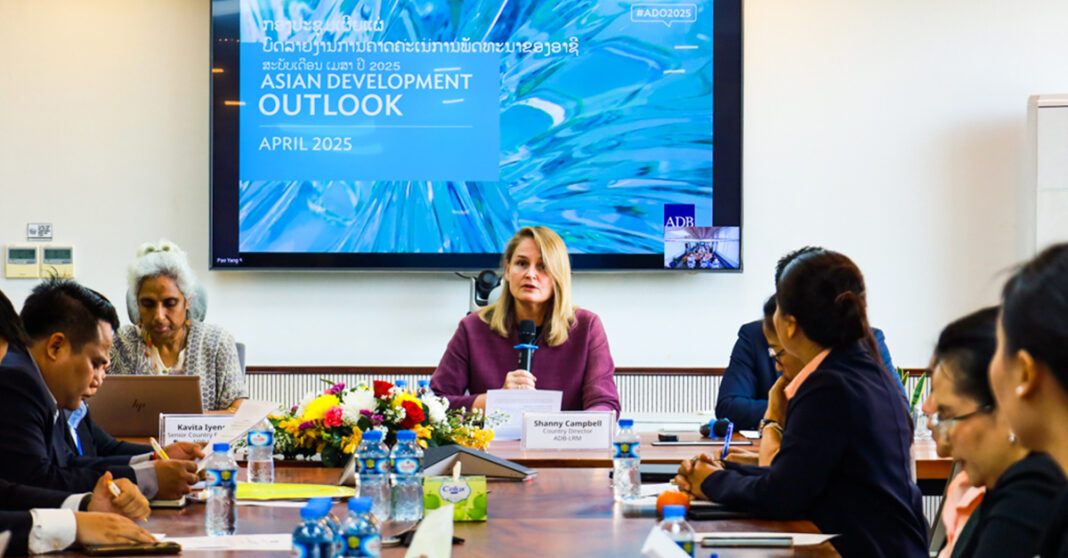The Asian Development Bank (ADB) officially launched the Asian Development Outlook April 2025 at the ADB’s Lao Resident Mission (LRM) office in Vientiane.
According to the report, logistics and tourism services will continue to be the main drivers of growth in Laos.
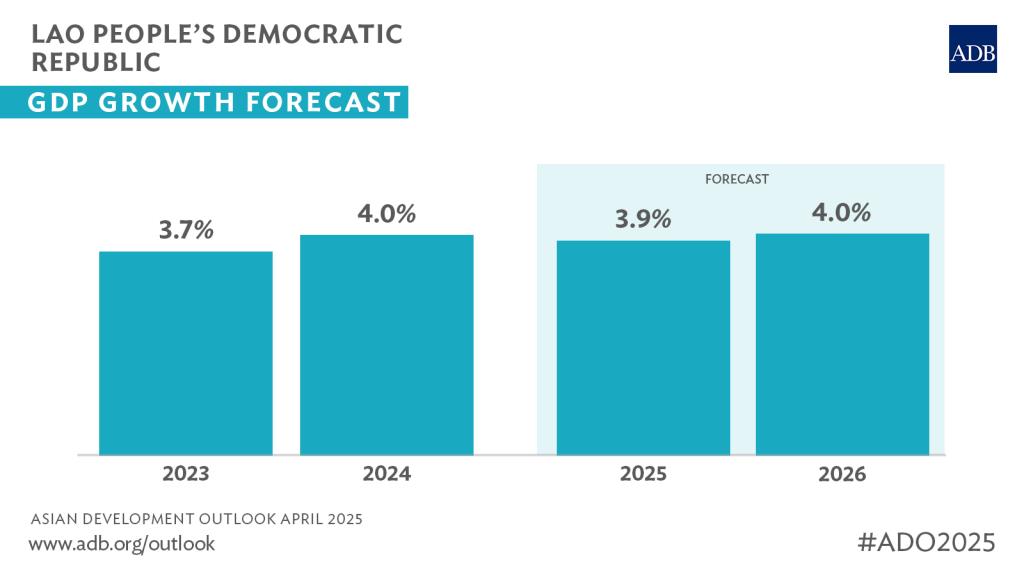
The country’s economic forecast of 3.9 percent growth in 2025 and 4.0 percent in 2026 can be compared to the broader developing Asia and Pacific projection of 4.9 percent growth in 2025 (down from 5.0 percent last year) and 4.7 percent in 2026.
“It is most crucial to strengthen the macroeconomic fundamentals that anchor the economy and ensure long-term resilience, given the current global uncertainties. The focus on improved fiscal management, human resource development, and renewable energy will help enhance the country’s capacity to withstand external shocks, ensure sustainable economic growth, and improve social inclusivity,“ said ADB Country Director for Laos Shanny Campbell.
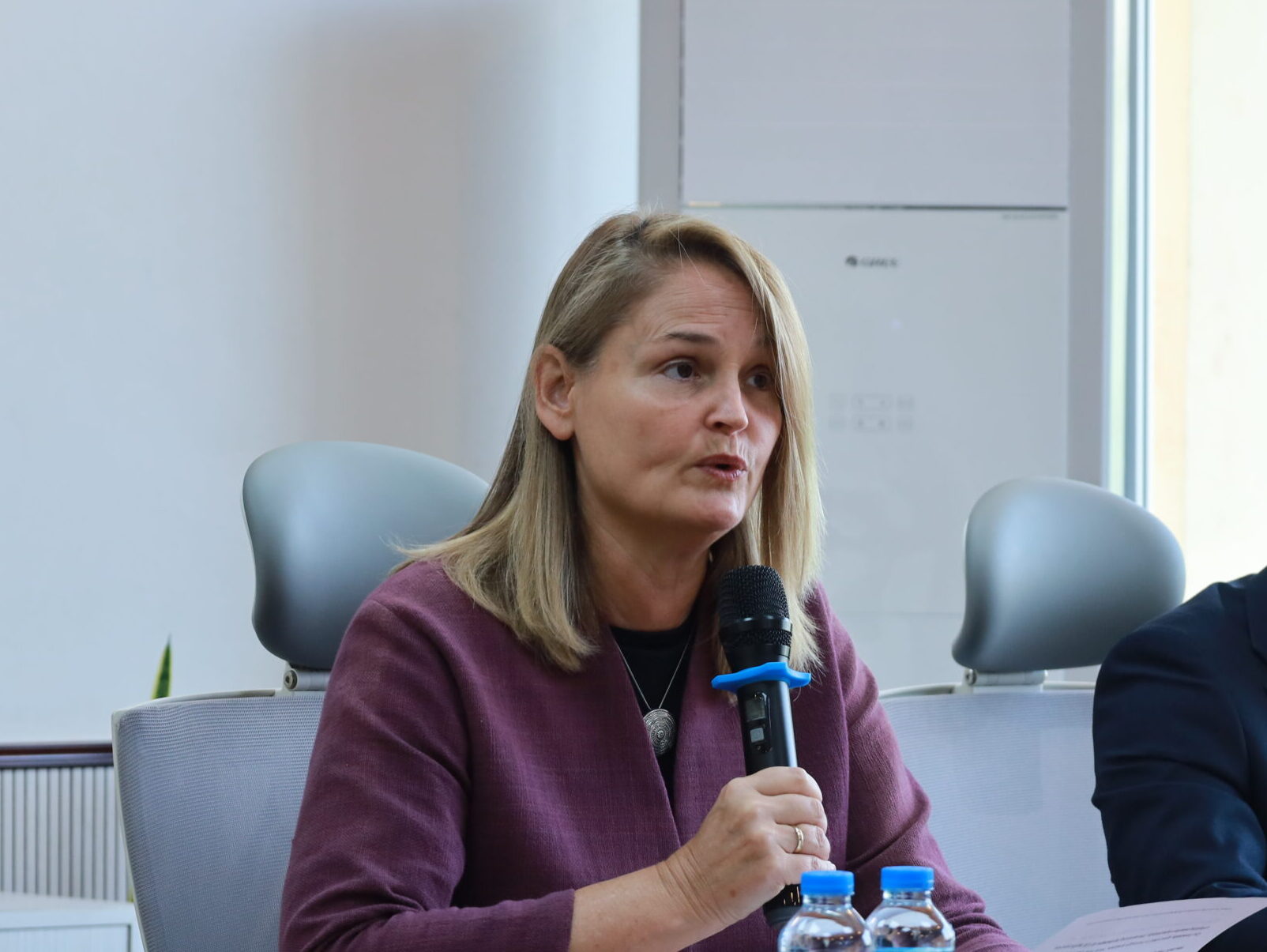
Tighter monetary policy is helping to stabilize the exchange rate and reduce inflation. In late 2024, the central bank’s actions helped steady the Lao kip, which fell by 5.4 percent against the US dollar but rose by 1.2 percent against the Thai baht.
Inflation averaged 23.3 percent, mainly due to high prices for food, alcohol, restaurants, and hotels. Inflation is expected to ease to 13.5 percent in 2025 and 10.4 percent in 2026.
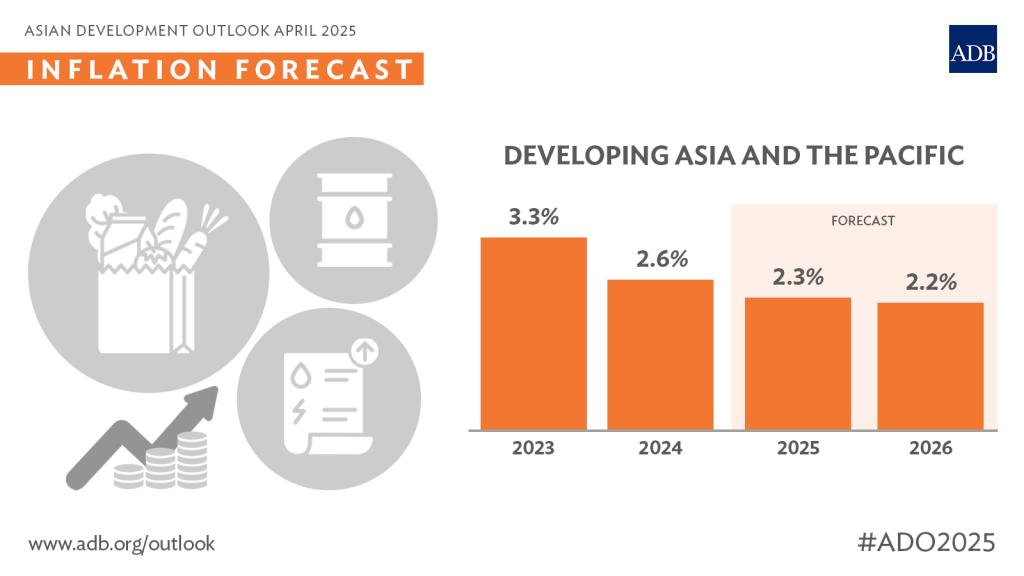
However, debt in foreign currencies will continue to put pressure on the exchange rate and keep inflation high. Additionally, higher electricity prices starting in March this year are likely to raise costs in the near future.
While Laos is dealing with a high inflation rate, this is significantly higher than the regional inflation projection of 2.3 percent in 2025 and 2.2 percent in 2026 as global food and energy prices continue to decline.
Renewable energy and mining investments are projected to help the industry grow over the next two years. Export values for electricity, minerals, and agricultural products are forecast to increase, and import levels will likely recover with the stabilized kip.
However, agriculture faces climate change challenges and growth is projected to remain moderate. Labor shortages and lower prices of agricultural commodities will dampen investments.
Tight Fiscal Policy Amid High Debt
Fiscal policy will remain tight due to the debt burden. The 2025 budget targets a 1.0 percent GDP deficit, with revenue rising by 36 percent to 68.1 trillion kip and expenditure by 19.1 percent to 71.8 trillion kip. Tax reforms and improved tax administration will drive revenue growth.
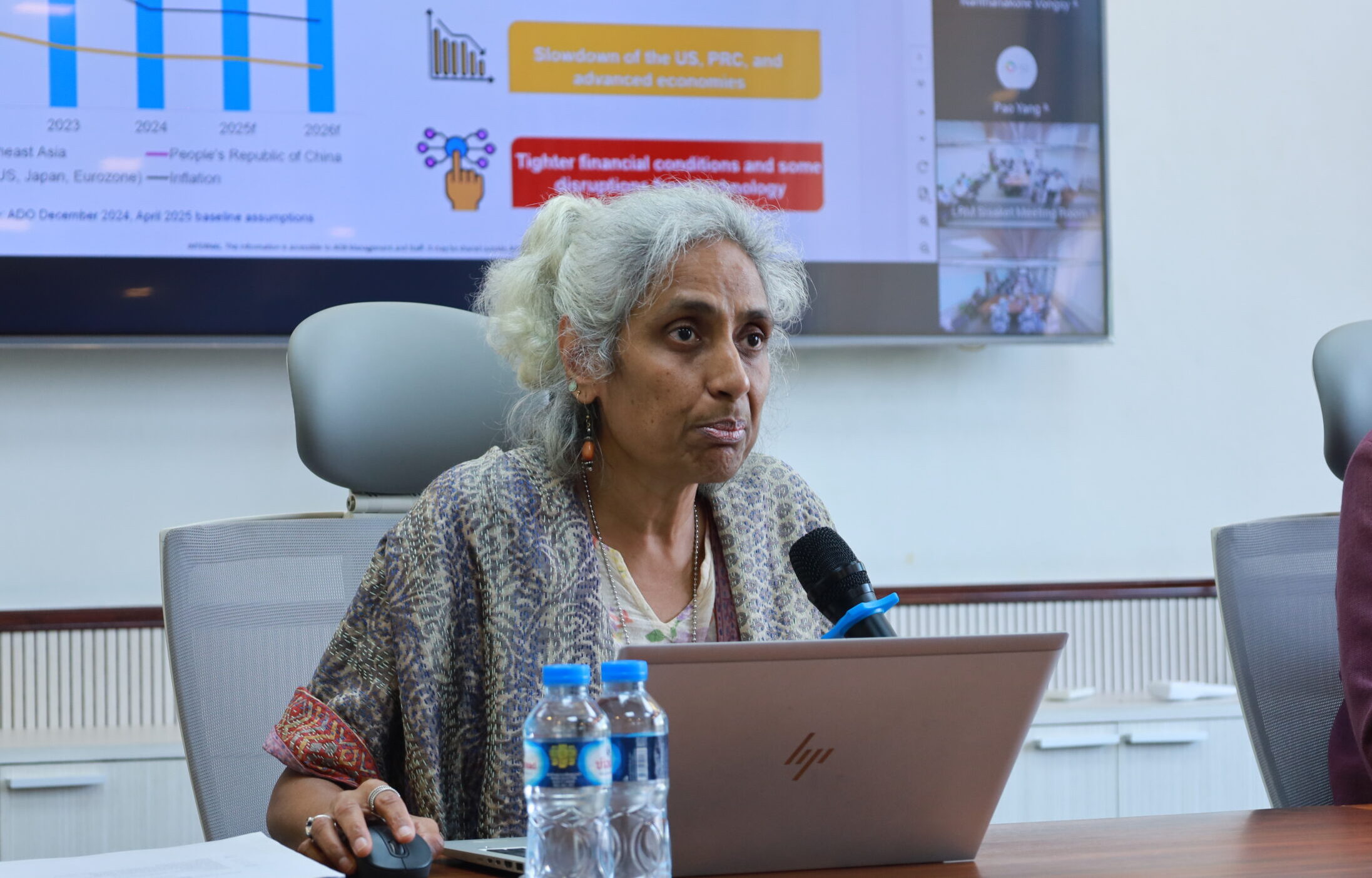
However, high public debt will continue to challenge fiscal sustainability and constrain government spending.
The principal external risk to Laos’growth outlook arises from elevated tariff rate increases by the United States, which are expected to have a direct impact on the Lao economy, as well as a pronounced effect on neighboring economies that serve as its key trading partners.
The full impact remains subject to significant uncertainty, and the extent and transmission of these effects are not readily quantifiable, as it will depend on the duration of the tariffs and the negotiation capacity of affected countries.
The report also notes that solid domestic demand and strong global appetite for semiconductors driven by the AI boom are supporting regional growth, though Laos’ growth appears more dependent on logistics, tourism, renewable energy, and mining investments.
A Call for Resilience, Reform
“Economies in developing Asia and the Pacific are supported by strong fundamentals, which are underpinning their resilience in this challenging global environment,” said ADB Chief Economist Albert Park. “Rising tariffs, uncertainties about U.S. policy, and the possibility of escalating geopolitical tensions are significant challenges to the outlook. Asian economies should retain their commitment to open trade and investment, which have supported the region’s growth and resilience.”
Tightened monetary and fiscal policies have had trade-offs on health and education, impacting human capital and overall productivity.
As debt servicing requirements increased, critical expenditures on health and education have decreased significantly. The report emphasizes the need for comprehensive public financial management reforms to tackle challenges in education and health.
ADB is a leading multilateral development bank supporting sustainable, inclusive, and resilient growth across Asia and the Pacific. Founded in 1966, ADB is owned by 69 members—49 from the region.


